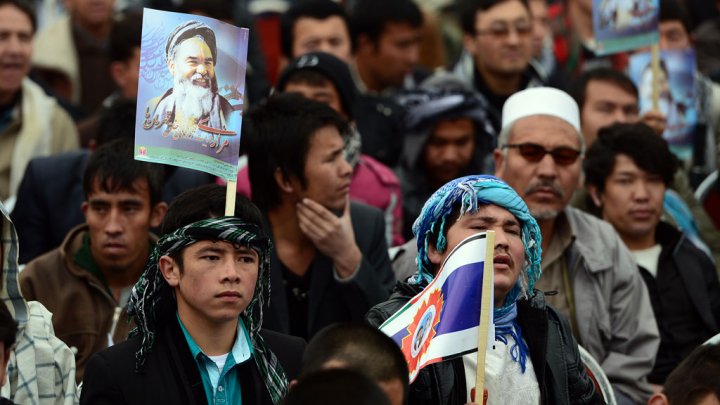“The Taliban moved into the house,” Rahim Khan said. “The pretext was that they had evicted a trespasser. Hassan’s and Farzana’s murders were dismissed as a case of self-defence. No one said a word about it. Most of it was fear of the Taliban, I think. But no one was going to risk anything for a pair of Hazara servants.”
If you have read The Kite Runner by Afghan-American author Khaled Hosseini, you would be familiar with the character of Hassan, a little boy who overcomes numerous obstacles to become a positive influence in the life of Amir the protagonist.
Hassan is a Hazara – a minority group in Afghanistan that is the target of frequent harassment. Hassan’s social standing, therefore, is not equal to that of the Pashtuns, like Amir.
In the course of the story, Hassan and his wife are killed by the Taliban as an act of “ethnic cleansing”. Hassan’s death represents the political strife that ravaged Kabul under the Taliban rule and the deep-rooted prejudice against the Hazaras.
At present, the situation in Afghanistan under the Taliban rule is such that the pages of Hosseini’s novels might as well have come alive. In May 2021, the US-led military coalition began the pullout of its forces, which led Afghanistan’s long-running conflict to escalate quickly and dramatically.
Who are the Hazaras?
The Hazaras consider themselves the descendants of great medieval-age Mongolian emperor Genghis Khan. In the 13th century, Genghis Khan’s army overran China, Central Asia and Afghanistan.
During the Taliban rule in the 1990s, they had declared Hazaras as non-Muslims, or kafirs, and ordered that they be massacred.
In recent days, the Taliban assured that there would be no discrimination against those who differ from their religious views. However, a statue of Abdul Ali Mazari in Bamiyan was recently blown up by the Taliban. Bamiyan is believed to be the undeclared capital of the Hazara ethnic community.
Abdul Ali Mazari was a famous leader of the Hazaras and is looked up to for having sought equality with other Muslims in Afghanistan. In 1995, he was executed by the Taliban.
While the Taliban follow the Sunni beliefs of Islam, the Hazaras mostly follow the Shia beliefs. The Hazaras are also looked down upon for their physical features.
Till about the 18th century, the Hazaras lived in the valley of Central Afghanistan until their region, known as Hazarajat, was annexed by Afghan ruler Ahmad Shah Durrani, who was Sunni and Pashtun.
Oppressed and marginalised, the Hazaras made the rough hills their home. Pashtun emir Abdul Rahman in the 19th century, ordered the mass execution of Shias, leading to the Hazaras fleeing into the mountains to Iran and Pakistan.
In 1998, thousands of Hazaras were murdered in Mazar-e-Sharif after Taliban commander Maulawai Mohammed Hanif said that the “Hazaras are not Muslims, you can kill them”.

Image Credit: Wakil Kohsar/AFP
The Hazaras are connected by their language — Hazaragi. They have been the constant target of Pashtun militancy, and at present, in the form of the Taliban.
Under the new constitution of Afghanistan adopted back in 2003, the Hazaras were given equality with the country’s other communities. How they will be treated under the present Taliban rule is still unclear. However, the Taliban spokesperson based in Doha, Suhail Shaheen, said that the Shia could live in Afghanistan “peacefully”.
Despite the Taliban’s claims of letting the Hazaras live in peace, human rights group Amnesty International recently said that the Taliban tortured and killed nine Hazara men and looted their homes in Ghazni province in early July. Amnesty International spoke to many people who witnessed the brutal murders.
At present, an estimated 38-40 lakh Hazaras are living in Afghanistan.



















